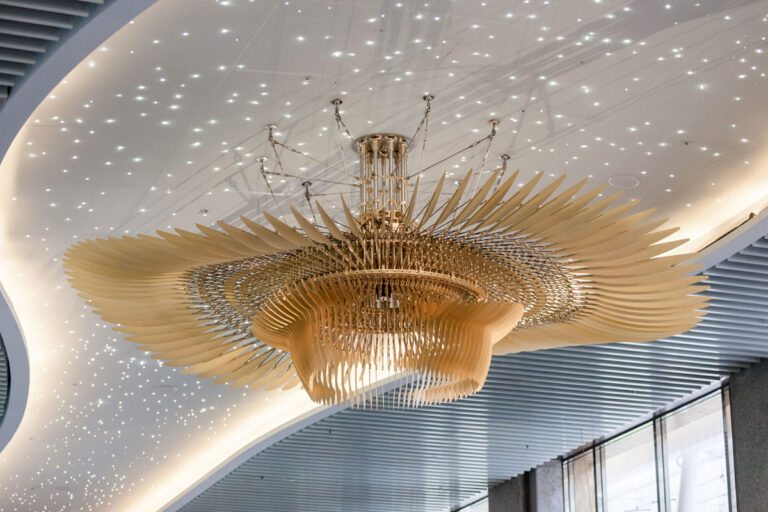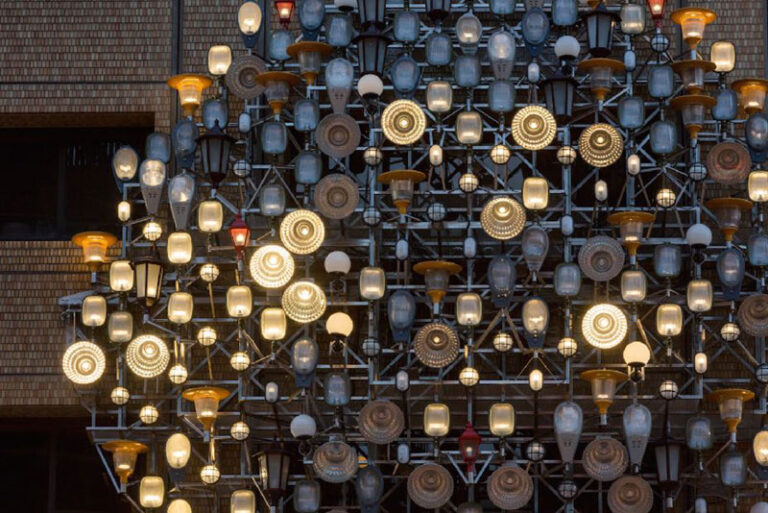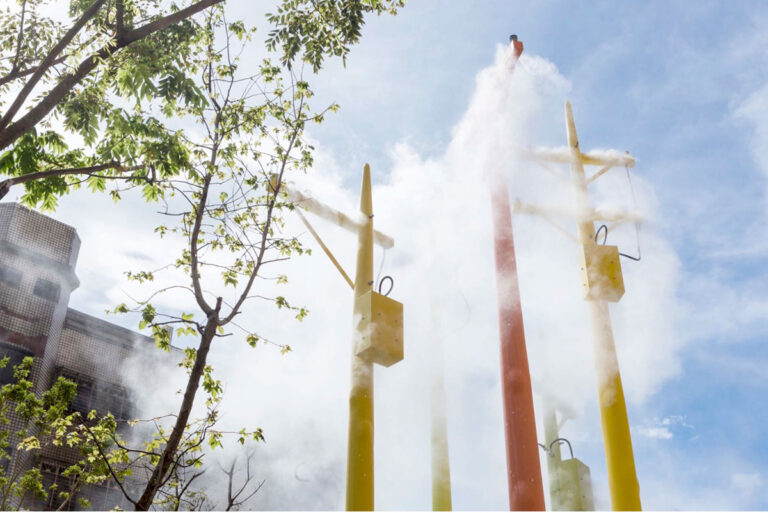- Artwork
- prev
- next
- Directions
- Bookmark
- Share
- prev
- next
-
Xining Public Housing
-
Between 1980s and 1980s, I’ve filmed at Xining Public Housing twice. The first time I filmed there was for a TV series, All the Corners of the World, a story of an unprivileged family living in Ximending. Followed by my fourth feature film The Hole, an apologue of the end of the millennium. The story is about two strangers occupy a ruined building under heavy rains when the plague is spreading. The film contains music and dance elements and was completely filmed inside Xining Public Housing.
Due to the filming experience, I have a profound research and observation on the location. Xining Public Housing was built in 1981. It was a two 16-story buildings named as A and B. The basement was used as parking lot and traditional market while the ground and first floor were for commercial use. It used to be a lively electronic market but has been decaying. The other spaces were for rent where around 500 households live in. There was even a temple of Tudigong right at the entrance of the parking lot.
Located at the edge of Wanhua district, Taipei within the expensive area of Ximending right next to Tamsui river and Zhongxiao bridge, Xining Public Housing was a mixed-use gigantic building with an astonishing visual style. However, as time goes by, it gradually looks outdated and worn. Most of the residents are low-income households. They have been staying here for 40 years, even there are rumors that the building is haunted with occasionally people commit suicide by jumping off; or in fact the public utilities are unstable for use.
It’s said that Xining Public House is about to be torn down soon. How would the 500 households react to this? How do they feel? Can they bear to leave easily or not? As a filmmaker who has a special connection with Xining Public Housing, the only thing I’d like to do is to look at her closely one more time.
-
Xining Public Housing
- Creator(s)Tsai Ming-Liang
- Year of Creation2024
- Digital ImageDCP Film (62 min)
- Art ProjectTo the Ordinary People…Walking in Wanhua


